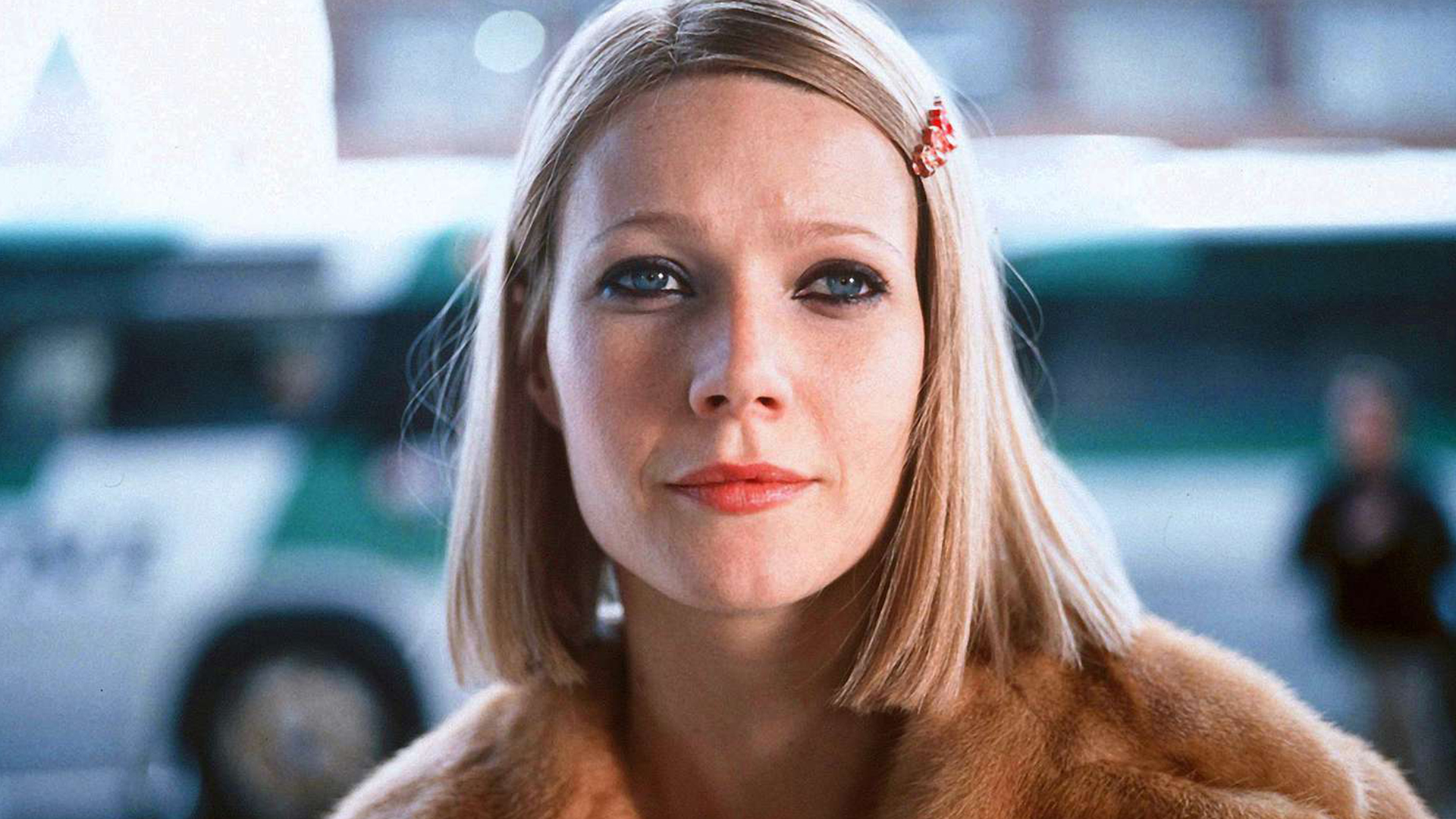Kalatozov's debut film places him alongside the great Soviet directors, in particular Dovzhenko for the poetic treatment of man in nature. But Kalatozov is harsh where Dovzhenko is lyrical, and Salt for Svanetia has more frequently been compared with Buñuel's Land without Bread of 1932. As in Buñuel, the subject matter itself is surreal: people, faced with medieval conditions in modern times, themselves remain ‘medieval.’ The film is a haunting portrait of the difficult life in a village in the Caucasus cut off by snows from the outside world for most of the year. Defensive architecture left over from the Crusades, and patriarchal rituals that favor men and death over women and birth, seem to be an extension of a barrenness (in particular, the lack of salt) that weakens the life drive. Kalatozov uses the poetry of repetition and juxtaposition, distance and extreme close-up, and mad rhythms.
Trailer

Félix Ziem is accepted as one of the well-known artists of the romantic landscape painting, and has been followed closely by art lovers and collectors of all periods since. He had a profound influence on generations of artists after him, and was the first artist whose works were acquired by the Louvre while he was still alive.

The New Year is more than just a date change on the calendar. It often marks a turning point where the weight of past experiences is felt or the uncertainty of the future is faced. This season, Pera Film highlights films that delve into themes of hope, regret, nostalgia, and new beginnings.

Pera Museum presented a talk on Nicola Lorini’s video installation For All the Time, for All the Sad Stones, bringing together the artists Nicola Lorini, Gülşah Mursaloğlu and Ambiguous Standards Institute to focus on concepts like measuring, calculation, standardisation, time and change.
Tuesday - Saturday 10:00 - 19:00
Friday 10:00 - 22:00
Sunday 12:00 - 18:00
The museum is closed on Mondays.
On Wednesdays, the students can
visit the museum free of admission.
Full ticket: 300 TL
Discounted: 150 TL
Groups: 200 TL (minimum 10 people)